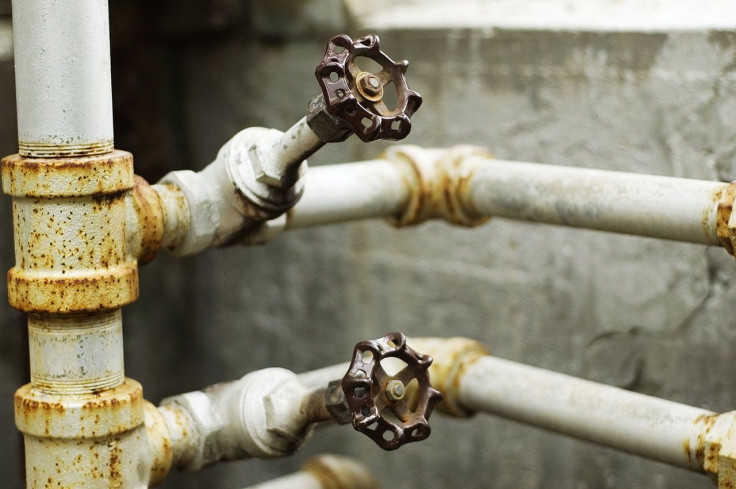Winter Weather Forecast 2015: How To Prevent Frozen Pipes During Cold Outbreak

Frozen pipes are a nuisance and a likely reality for many Americans this week as the country grapples with a debilitating cold outbreak, especially in the Northwest and Northeast where temperatures in some areas will drop to as low as 40 degrees Fahrenheit below zero. With some preparation, homeowners can help keep their pipes from icing over.
"To prevent frozen pipes, you need to find out where the air is getting into your house and seal it with insulation or caulking," Ernie Zimmerman of Zimmerman Plumbing, Heating and Air Conditioning in Mechanicsburg, Pennsylvania, told Penn Live. "If you have cold spots on your wall, keep lavatory or kitchen sink doors open, which helps air circulate around the pipes."
The winter weather forecast for much of the U.S. this week is bleak. Meteorologists have predicted subzero temperatures all across the Northwest and Northeast, arctic conditions in the Plains and snow in the several major East Coast cities. Below are tips on how to prevent pipes from freezing during this week’s cold rush.
Keep your house heated. Allstate insurance suggests keeping the thermostat set at 68 degrees Fahrenheit or higher. Close all windows in rooms with water pipes, including keeping garage doors shut tight, and keep cabinet doors below sinks open as to allow heat from the home to reach the pipes underneath.
Disconnect outdoor gardening hoses. Water left behind inside hoses can freeze and eventually reach your pipes. Consider installing freeze-proof faucets, which keep the water inside the pipes on the protected side of the wall.
Use heat lamps on drain lines in crawl spaces and basements. Aiming a reflector heat lamp at a pipe can help keep it from freezing. Use caution when setting up the lamp and never leave a heat lamp unattended for long lengths of time. Never use a torch to thaw a frozen pipe, Zimmerman warned.
Keep the basement heated and consider weather sealing windows. Here’s a video on weatherproofing windows to keep the cold out.
Insulate exposed pipes. This can be done using “pipe sleeves” or installing so-called heat tape or heat cable.
Let the water drip from the faucet. Even a steady trickle can be enough to prevent a pipe from freezing, according to the Red Cross.
To thaw a frozen pipe, use a hairdryer or hot towels. First, shut off your home’s water -- don't try and thaw pipes when the water is on. Then, apply heat to the frozen pipe. Space heaters, hairdryers or hot water can be used, but never leave a heater unattended.
When the pipes have thawed, check for leaks and cracks by turning the water back on.
© Copyright IBTimes 2025. All rights reserved.






















